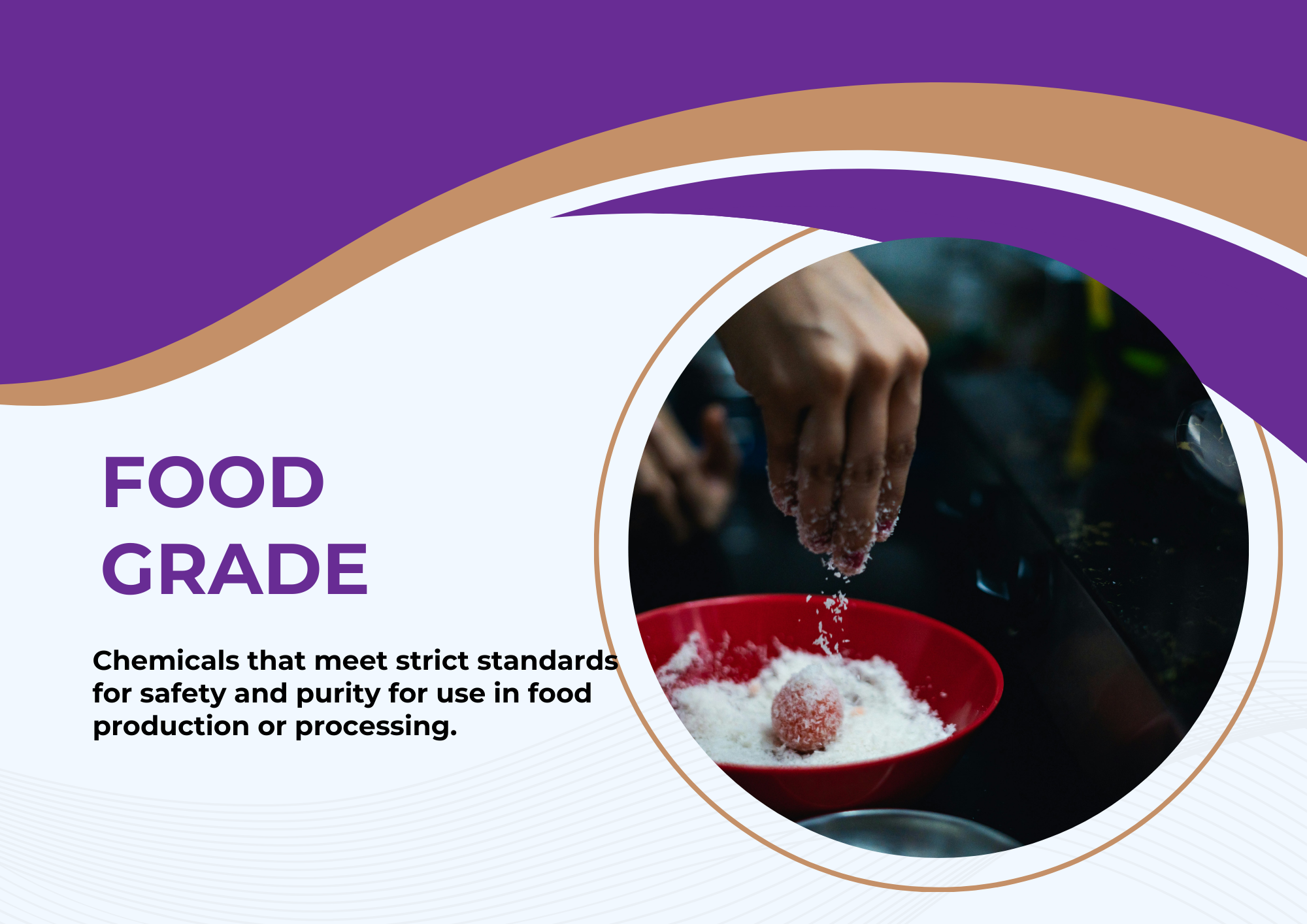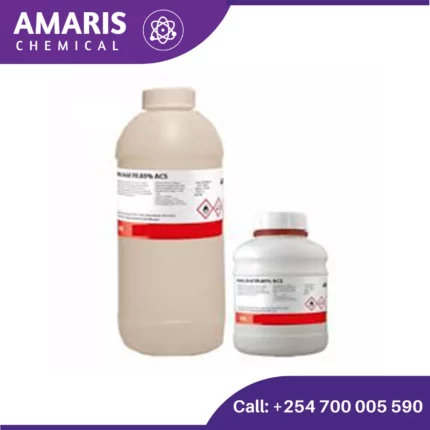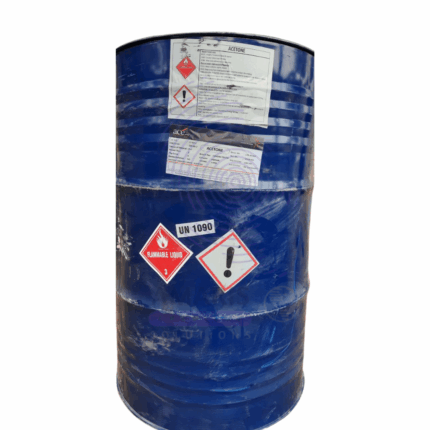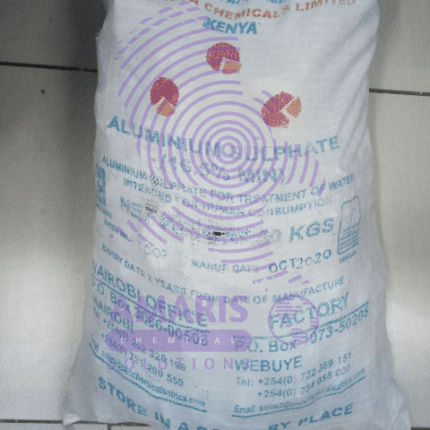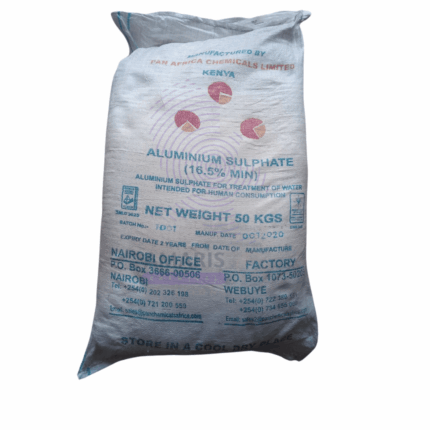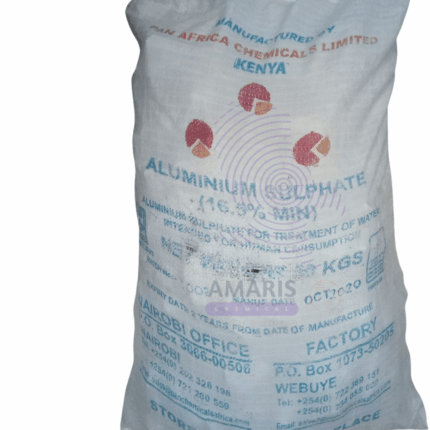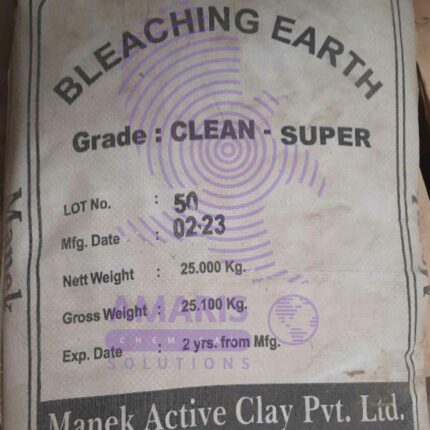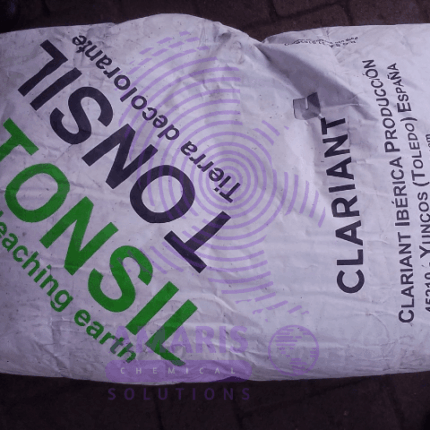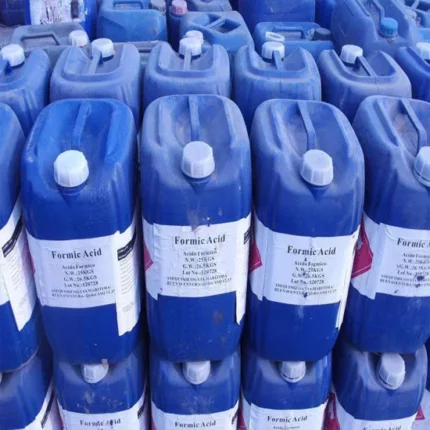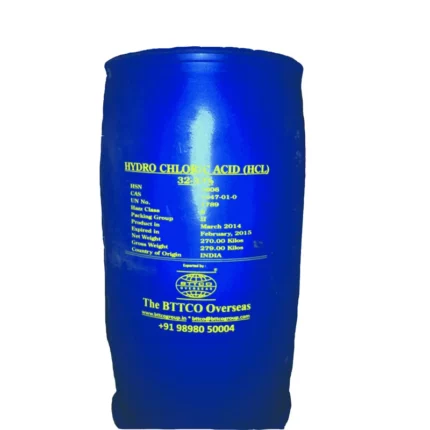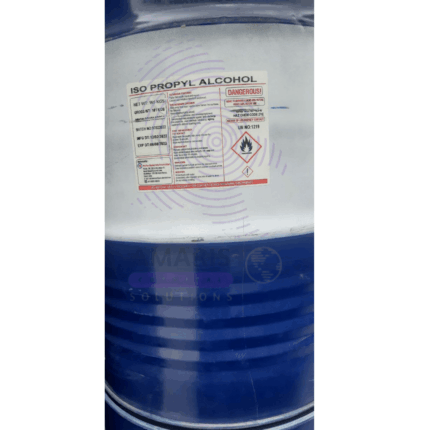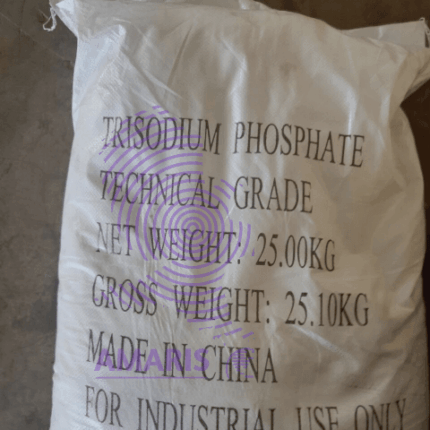
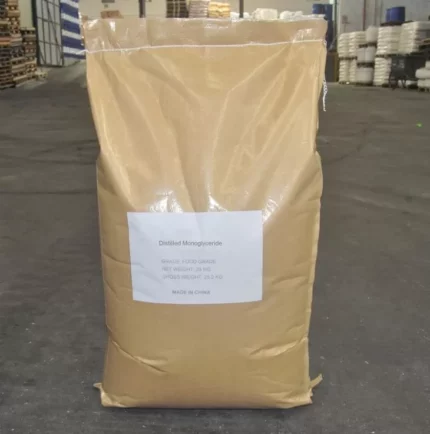
Calcium chloride Dihydrate
$0.01 Original price was: $0.01.$0.00Current price is: $0.00.
Calcium chloride dihydrate is a chemical compound with the molecular formula CaCl2·2H2O. It is a crystalline salt that is highly soluble in water and has a variety of industrial and medical applications. It is commonly used as a desiccant to absorb moisture, as a de-icing agent for roads and sidewalks, and as a food preservative. It is also used in the production of cement, as a laboratory reagent, and in medicine as a source of calcium for intravenous therapy.
Calcium chloride dihydrate Uses
De-icing agent:
Calcium chloride dihydrate is used as a de-icing agent to remove ice and snow from roads, sidewalks, and other surfaces.
Concrete acceleration:
Calcium chloride dihydrate is added to concrete to accelerate the setting time, which reduces the time required for the concrete to set and harden.
Food processing:
Calcium chloride dihydrate is used in the food industry as a firming agent, preservative, and sequestrant.
Oil and gas drilling:
Calcium chloride dihydrate is used in the oil and gas industry to increase the density of drilling mud and to prevent the formation of hydrates in pipelines.
Desiccant:
Calcium chloride dihydrate is used as a desiccant to absorb moisture from the air and prevent the growth of mold and mildew.
Medical applications:
Calcium chloride dihydrate is used as a source of calcium in intravenous therapy, to treat hypocalcemia, and to manage hyperkalemia.
Water treatment:
Calcium chloride dihydrate is used in water treatment as a flocculant to remove impurities from water.
Fire extinguishers:
Calcium chloride dihydrate is used as an ingredient in some dry powder fire extinguishers to suppress fires by smothering them and removing oxygen from the fire.
.
| AVAILABLE PACK SIZE |
25kg( Metal or Plastic Jerrycan/ Bucket, Bag, Box, Polythene bag, Carton bag) |
|---|
1. Basic Identification Attributes
- Chemical Name: Calcium chloride dihydrate (IUPAC)
- CAS Number: 10035-04-8
- HS Code: 2827.20.00 (Inorganic chlorides)
- Molecular Formula: CaCl₂·2H₂O
- Synonyms:
- Calcium dichloride dihydrate
- E509 (food-grade, hydrated form)
2. Physical & Chemical Properties
- Physical State: White or colorless crystalline solid
- Color & Odor: White, odorless
- Boiling Point: Decomposes before boiling (~176°C, loses water)
- Melting Point: ~176°C (dehydration occurs)
- Density: 1.85 g/cm³
- Solubility:
- Water: 97 g/100 mL (20°C)
- Ethanol: Slightly soluble
- pH Level: 7–9 (5% solution; neutral to slightly alkaline)
- Hygroscopicity: Absorbs moisture (less aggressive than anhydrous form)
- Vapor Pressure: Negligible
- Flash Point: Non-flammable
3. Safety & Hazard Attributes
- Hazard Class (GHS):
- Eye Irritation (Category 2)
- Skin Irritation (Category 2)
- NFPA Ratings:
- Health: 1| Flammability: 0 | Reactivity: 0
- Exposure Limits:
- OSHA PEL: N/A (nuisance dust)
- ACGIH TLV: 10 mg/m³ (inhalable dust)
- Reactivity:
- Exothermic dissolution in water
- Incompatible with strong oxidizers(e.g., peroxides), bromine trifluoride
4. Storage & Handling Attributes
- Storage Conditions:
- Airtight containers (HDPE plastic or coated steel)
- Cool, dry place (avoid humidity to prevent caking)
- Incompatible Materials:
- Aluminum, zinc (corrosion risk in moist conditions)
- Organic compounds (potential heat generation)
- Container Type:
- Plastic bags, lined drums, or moisture-resistant packaging
- Shelf Life: Indefinite if kept sealed (hygroscopic but stable)
- Special Handling:
- Use gloves and safety goggles
- Minimize dust generation (ventilation recommended)
5. Regulatory & Compliance Attributes
- Regulatory Status:
- FDA: GRAS (E509) for food use
- EPA: Exempt from toxicity reporting (low environmental risk)
- REACH: Registered
- Hazard Symbols (GHS): (Irritant)
- Transportation Restrictions:
- UN Number: Not regulated (non-hazardous for transport)
- DOT: No special requirements
- Waste Disposal:
- Dispose as non-hazardous waste (dilute for aqueous disposal)
6. Environmental & Health Impact
- Ecotoxicity:
- Low toxicity to aquatic life (LC50 > 100 mg/L for fish)
- High concentrations may increase soil salinity
- Persistence:
- Dissolves readily; migrates in water but does not bioaccumulate
- Carcinogenicity:
- Not listed by IARC, NTP, or OSHA
- Biodegradability: N/A (inorganic salt)
Personal Protection
- Respiratory Protection: Use a dust mask (NIOSH N95 or higher)when handling powder to prevent inhalation of dust particles.
- Eye Protection: Wear safety gogglesto prevent eye irritation from dust or splashes.
- Skin Protection: Use impermeable gloves (nitrile or neoprene)to avoid skin contact, especially with concentrated solutions.
- General Hygiene: Avoid ingestion and prolonged skin exposure. Wash hands thoroughly after handling.
Handling & Storage
- Store in a cool, dry, well-ventilatedarea, away from moisture and incompatible chemicals (e.g., strong oxidizers).
- Keep containers tightly sealedto prevent absorption of moisture (hygroscopic).
- Use non-sparking toolswhen handling large quantities.
- Avoid contact with water(exothermic dissolution, may cause splattering).
Spill Management
- For dry spills: Sweep up carefully (avoid dust generation) and dispose of in a sealed container.
- For liquid spills (solution): Absorb with inert material (e.g., vermiculite, sand) and clean with water.
- Large spills: Contain and prevent entry into drains or waterways (may be harmful to aquatic life).
Inhalation
- Move to fresh air
- If breathing difficulties occur, seek medical attention.
Skin Contact
- Remove contaminated clothing.
- Rinse affected area with plenty of water for at least 15 minutes.
- If irritation or burns develop, seek medical attention.
Eye Contact
- Rinse immediately with lukewarm water for at least 15 minutes, holding eyelids open.
- Seek immediate medical attentionif irritation persists.
Ingestion
- Do NOT induce vomiting.
- Rinse mouth with water and drink milk or waterto dilute.
- Seek medical attentionif large amounts are ingested.
Non-flammable, but reacts exothermically with water (can cause steam burns or splattering).
Hazardous Decomposition:
At high temperatures, decomposes into calcium oxide and chlorine gas.
Extinguishing Media:
- Use dry chemical powder, CO₂, or sandfor surrounding fires.
- Avoid water jets(can intensify reaction with hot CaCl₂).
Firefighter Protection:
- Wear self-contained breathing apparatus (SCBA)and full protective gear.
- Cool containers exposed to fire with water spray from a safe distance.
Related products
Acetaldehyde
- Chemical Structure: Acetaldehyde consists of two carbon atoms, one oxygen atom, and four hydrogen atoms. Its structure is CH3CHO, where the carbon atom in the middle is doubly bonded to an oxygen atom and singly bonded to a hydrogen atom and a methyl group (CH3).
- Occurrence: Acetaldehyde can be found naturally in various ripe fruits, coffee, and heated milk. It is also produced by the oxidation of ethanol (alcohol) by enzymes in the liver and other tissues in humans, making it an intermediate product in alcohol metabolism.


 Emollients
Emollients Humectants
Humectants UV Filters
UV Filters Surfactants (cosmetic)
Surfactants (cosmetic) Preservatives (cosmetic)
Preservatives (cosmetic) Fragrances and Essential Oils
Fragrances and Essential Oils Antioxidants (cosmetics)
Antioxidants (cosmetics)
 Solvents (lab)
Solvents (lab) Chromatography Chemicals
Chromatography Chemicals Microbiology and Cell Culture Reagents
Microbiology and Cell Culture Reagents Biochemical Reagents
Biochemical Reagents Inorganic and Organic Standards
Inorganic and Organic Standards Spectroscopy Reagents
Spectroscopy Reagents Molecular Biology Reagents
Molecular Biology Reagents
 Precious Metal Extraction Agents
Precious Metal Extraction Agents
 Plasticizers
Plasticizers Polymerization Initiators
Polymerization Initiators Stabilizers
Stabilizers Monomers
Monomers Fillers and Reinforcements
Fillers and Reinforcements Antioxidants (plastics)
Antioxidants (plastics) Colorants (plastic pigments,Dyes)
Colorants (plastic pigments,Dyes)
 Fertilizers
Fertilizers Plant Growth Regulators
Plant Growth Regulators Soil Conditioners
Soil Conditioners Animal Feed Additives
Animal Feed Additives Biostimulants
Biostimulants
 Dough Conditioners
Dough Conditioners Flour Treatments
Flour Treatments Fat Replacers
Fat Replacers Preservatives (baking)
Preservatives (baking)
 Surfactants (cleaning)
Surfactants (cleaning) Builders
Builders Bleaching Agents
Bleaching Agents Enzymes
Enzymes Solvents (cleaning)
Solvents (cleaning) Fragrances
Fragrances Disinfectant
Disinfectant Metal cleaning
Metal cleaning
 Binders/Resins
Binders/Resins Pigments
Pigments Solvents (paint)
Solvents (paint) Additives
Additives Driers
Driers Anti-Corrosion Agents
Anti-Corrosion Agents Specialty Coatings
Specialty Coatings Functional Coatings
Functional Coatings Application-Specific Coatings
Application-Specific Coatings
 Sealants and Adhesives
Sealants and Adhesives
 Biodegradable Surfactants
Biodegradable Surfactants Bio-based Solvents
Bio-based Solvents Renewable Polymers
Renewable Polymers Carbon Capture Chemicals
Carbon Capture Chemicals Wastewater Treatment Chemicals
Wastewater Treatment Chemicals
 Preservatives (food)
Preservatives (food) Flavor Enhancers
Flavor Enhancers Acidulants
Acidulants Sweeteners
Sweeteners Emulsifiers
Emulsifiers Antioxidants (food)
Antioxidants (food) Colorants (food)
Colorants (food) Nutrient Supplements
Nutrient Supplements Nutraceutical Ingredients
Nutraceutical Ingredients
 Fresh Herbs
Fresh Herbs Whole Spices
Whole Spices Ground Spices
Ground Spices Spice Blends
Spice Blends
 Surfactants(oil)
Surfactants(oil)
 Antibiotics
Antibiotics Active Pharmaceutical Ingredients
Active Pharmaceutical Ingredients Excipients
Excipients Vaccine Adjuvants
Vaccine Adjuvants Nutraceutical Ingredients
Nutraceutical Ingredients Solvents (pharmaceutical)
Solvents (pharmaceutical)
 Automotive chemicals
Automotive chemicals Pyrotechnic Chemicals
Pyrotechnic Chemicals


 Vulcanizing Agents
Vulcanizing Agents Accelerators & Retarders
Accelerators & Retarders Antidegradants
Antidegradants Reinforcing Agents
Reinforcing Agents Plasticizers & Softeners
Plasticizers & Softeners Fillers & Extenders
Fillers & Extenders Blowing Agents
Blowing Agents Adhesion Promoters
Adhesion Promoters


